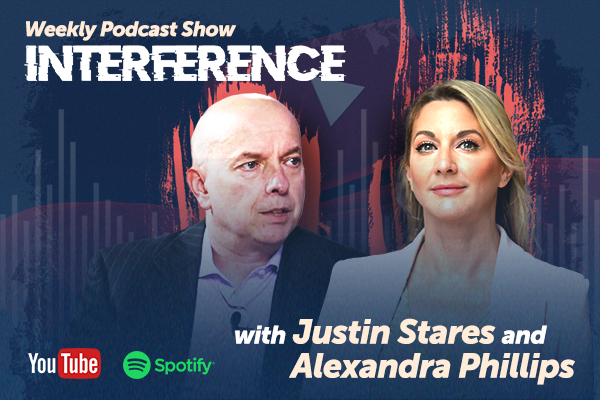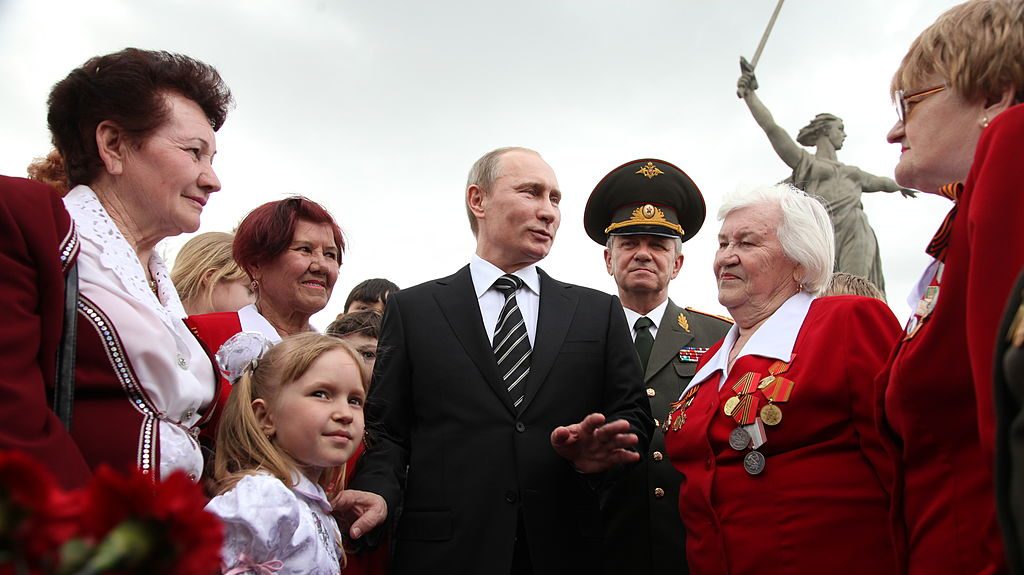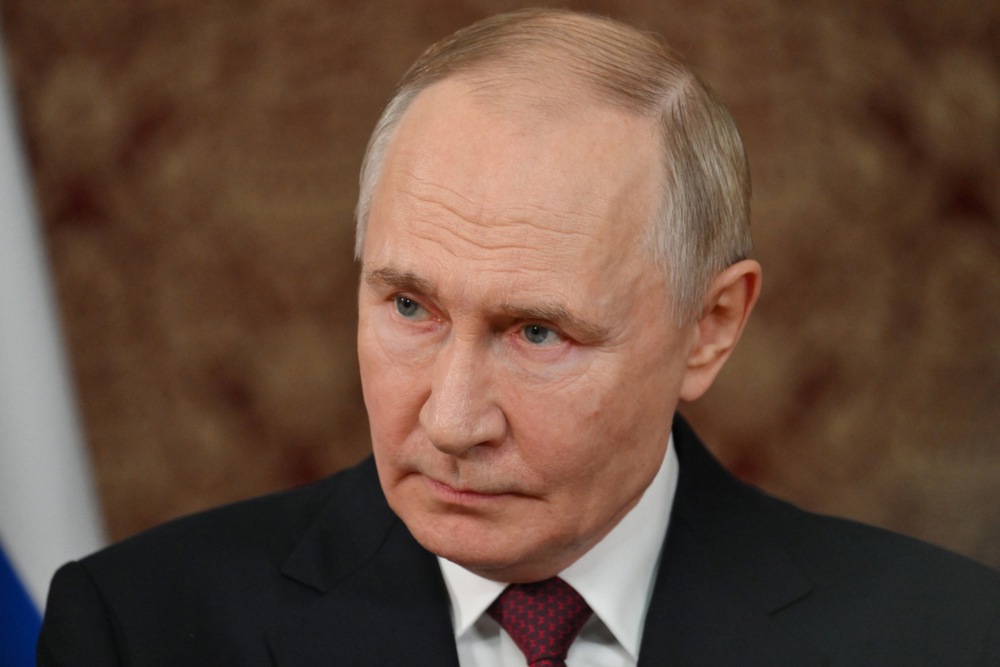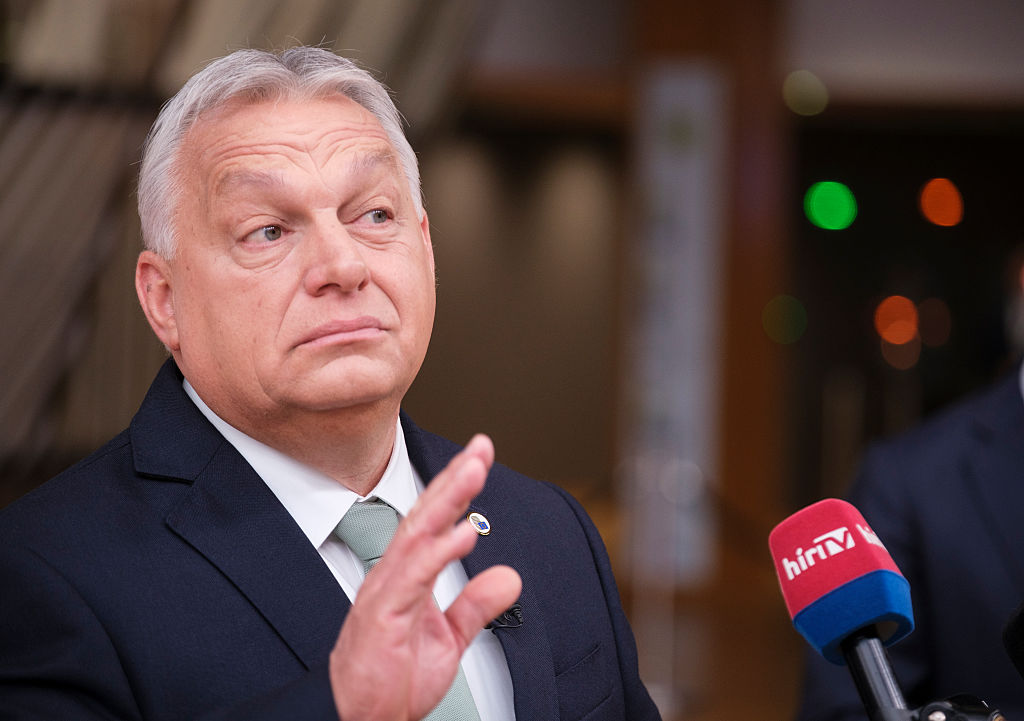There is something faintly delusional in the present strategy of the West against Russia.
After nearly four years of war in Ukraine, and many hundreds of billions of euros spent, Europe and America are still conducting themselves as if the next round of sanctions, or the next shipment of long-range missiles, will finally persuade Vladimir Putin to think differently about what he openly and patently believes is an existential issue for his country — this when the Russian leader is recognised by all sensible observers to hold the military upper hand.
The result will be escalation and the complication of a return to normalcy after the war. It will not be a peace closer to Europe’s preferences.
The greatest illusion of all is that Russia may be shaken out of its present course of action. It cannot.
Since the initial large-scale invasion in February 2022, Moscow’s intentions have only hardened as Ukraine’s battlefield position — much against the predictions and guarantees of the clueless pro-war party — deteriorated further and further.
When the first peace talks took place, in Belarus and Turkey, Russia’s war goals were still undefined enough to be flexible — at no point, before the commencement of hostilities, had there been talk of annexing Ukrainian territory beyond Lugansk and Donetsk; Moscow had publicly committed to achieving Ukrainian geopolitical neutrality and “rights” for Russian speakers and Moscow-aligned Orthodox faithful, but little else.
Back then, the Russians broadly agreed to these conditions — the Ukrainians, understandably, celebrated this as a major accomplishment, as confirmed by sources such as former Zelensky aide Oleksy Arestovych.
But the thrill of success got to Zelensky’s head; his Western allies, then British PM Boris Johnson chief among them, mindlessly convinced him to continue the war until complete victory. Of course, this was an impossibility.
By not knowing when to make peace, Zelensky, in fact, accepted future defeat.
Putin wanted a short, cheap “special military operation”. Instead, he ended up with a grueling war, Europe’s largest since 1945.
He was forced into massive investments in national resources and political capital. He must now demand commensurate returns. None of the tools now being used to persuade him of the opposite — the asset freezes, the confiscatory schemes, the telephone-directory-thick lists of sanctions, the threat of new weapons systems — will alter that math.
This is not to say that sanctions produce zero results. Russia’s GDP did decline 2.1 percent in 2022 and Western goods vanished from shop shelves.
But Russia is, at least when measured in Purchasing Power Parity (PPP) GDP, Europe’s largest economy and the world’s fourth; it has a vast pool of natural resources, a large industrial base, and no lack of economic partners outside the West. It adapted.*
The economy was on the rise again by 2023, growing by 4,1 per cent, driven by Asian energy exports and state spending on defense.
The Kremlin has built its parallel value chains from the Gulf, Kazakhstan, Turkey, China, and India; it has developed its own payment mechanisms; it has insulated itself from Western finance better than most economists in Washington or Berlin had imagined.
The theatrics of grabbing the €211 billion of Russian money on deposit in Europe or increasing the sanctions on its energy exports would change none of this. Neither has the potential to destroy the Kremlin’s finances or end the war.
Financially, Moscow has substantial room to maneuver. Despite all the talk about an impending crisis, GDP growth in 2025 will still likely be at around 1 per cent — a result driven mostly by a tight monetary policy on the part of the Russian Central Bank’s arch-monetarist governor, Elvira Nabiullina.
While not enviable, the result still compares favourably to the EU’s leading economies, including Germany (0,2 per cent growth this year) and France (0,7 per cent). Crucially, unlike these, Russia’s budget deficit remains at a modest 2,6 per cent of GDP. This is about the same as Germany’s and much lower than France’s — although, unlike either country, Putin’s extreme fiscal conservatism has meant that Russia has very low levels of government debt and, thus, considerable budgetary leeway.
These facts might displease some, but, as a popular commentator would say, “facts don’t care about your feelings”.
Neither will the provision of progressively more advanced weaponry to Ukraine change the strategic balance.
Longer-range missiles could allow Kiev to strike deeper into Russian territory, but not destroy Russia’s economic base.
All three of the new West-supplied weapon systems — HIMARS, Storm Shadows, ATACMS — have been followed by a temporary edge, then Russian adaptation.
Above all, as President Trump has publicly recognised, the US can ill afford to spend a significant number in Ukraine at a time of high tensions in the Pacific.
Tomahawk production is, after all, quite small, at only a few hundred pieces a year; boosting it requires large investments and time. Worse still, Tomahawks are mostly sea-launched, and Ukraine doesn’t have a navy.
Using aircraft or land-based launchers is possible, but would in either case mean very tiny salvos that Russia’s air defenses would by and large be able to shoot down.
Obviously, some would still hit their targets, but the idea that Tomahawks could change the balance or alter Moscow’s calculus seems fanciful.
Indeed, time is on Russia’s side. Its economy, though distorted, is now mobilised for war. Defence spending will reach 7.1 percent of GDP this year, compared with NATO’s 2.6 average.
Western governments, by contrast, are running short of fiscal patience and political capital. America heads into an election year, with Midterms approaching; Europe is faced with fiscal crises and political mayhem. Moscow sees this — and it banks on it.
The harsh reality is that Kiev’s survival today hinges less on further action than on diplomacy. Brussels still refuses to see this. But eventually, and sooner rather than later, diplomacy will arrive — because there is no other way.
History is a good teacher on one enduring theme: wars of national survival conclude only when reality asserts itself.
Russia will not surrender what it believes to be its crucial strategic, security, and historical interests; Ukraine cannot expel a country with five times its population without the active involvement of NATO — which will not happen.
The world will therefore arrive where it was always going to end: at the negotiating table. Even if the recently announced Budapest summit ended up being postponed, the moment for that conversation is obviously drawing very near. And that is good.
If it were wise, Europe would no longer be wasting resources to delay the inevitable process of diplomatic dialogue and a peace deal that it will not like, but that can still safeguard the only genuinely important strategic interest it has in Ukraine: that the country, even if territoriality diminished, survives the war as a viable buffer state between itself and Russia.
This is what it should be focusing on, not on expropriations or lobbying for a military escalation that, while unable to win the war, will surely make it more difficult to achieve peace. One hopes Europe’s leaders will still come to see sense.
* Russia’s total GDP (PPP) is high due to its large production volume and low domestic costs, inflated further by military spending. However, its GDP per capita (PPP) is much lower, reflecting wealth distribution among its large population and significant inequality





Two years into the conflict, have Putin and the Russian economy been the real winners of the war in Ukraine? Depressingly that’s what the numbers suggest